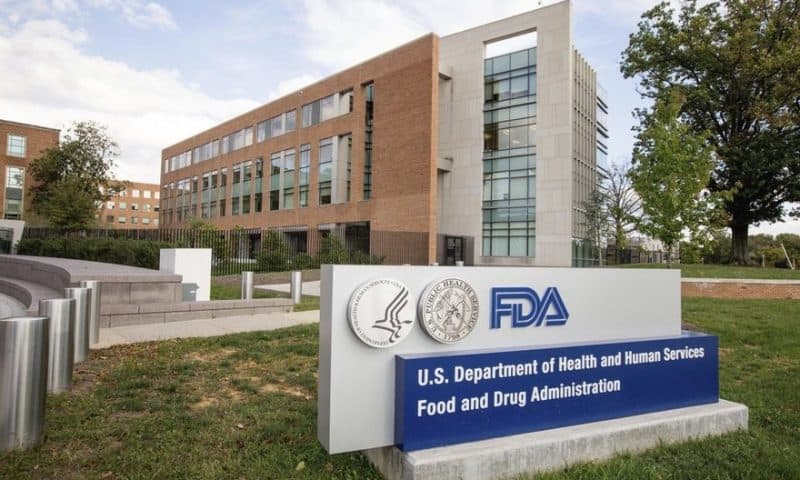As more medtech companies look to translate the gains in blood sugar control they’ve seen in Type 1 diabetes over to the much larger Type 2 market, the FDA is outlining its initial thinking on how early clinical trials should be performed for devices on the cutting edge.
This includes novel approaches, such as the use of neurostimulation to urge the body to secrete pancreatic hormones, as well as procedures that may mimic bariatric surgery or alter the workings of the small intestines.
A new draft guidance (PDF) from the agency is aimed at hardware designed to directly improve HbA1c levels in people with Type 2 diabetes mellitus, regardless of whether or not they are taking insulin or another drug regimen—an area where no devices have yet been approved.
The FDA’s new recommendations for study design do not apply to software programs and devices used to monitor blood sugar, calculate doses and deliver insulin, such as continuous glucose monitors or digitally connected pens and pumps.
“The prevalence of Type 2 diabetes in the U.S. has led to a growing interest among medical device manufacturers and researchers—as well as the diabetes community—to develop therapeutic devices that could improve glycemic control,” said Jeff Shuren, device center director at the FDA, which estimates that of the about 34 million people in the U.S. with diabetes, 90% to 95% fall under Type 2.
“With our focus on improving public health and making technologies available that can help improve the quality of life for those with chronic diseases like Type 2 diabetes, we’re interested in getting feedback from manufacturers as well as the diabetes community on this draft guidance,” Shuren said in an agency statement.
The document focuses on early feasibility studies, typically involving fewer than 10 participants, but recommends that these trials include control groups whenever possible to clarify the success of treatment.
Glycemic control can be quickly affected by changes in diet, exercise and medication adherence, the FDA said, so it is important to establish that any benefits are driven by the device and not simply by participation in a regulated clinical trial.
For interventions involving higher-risk surgical or endoscopic procedures or implants, the agency urged a follow-up period of at least one year and recommended that companies limit their use to patients whose diabetes has not come under control despite the use of at least two non-insulin medications, including one at its maximum dose.

